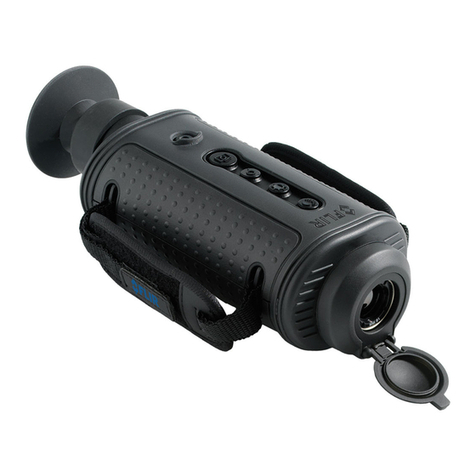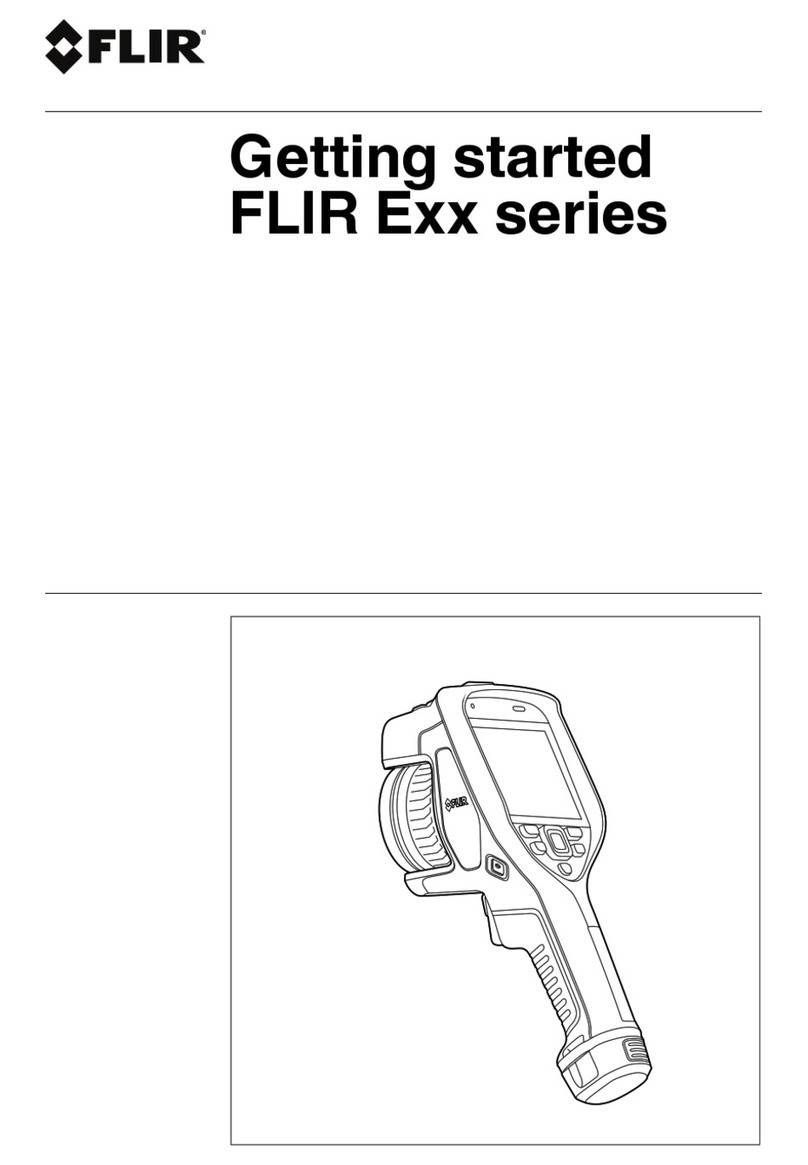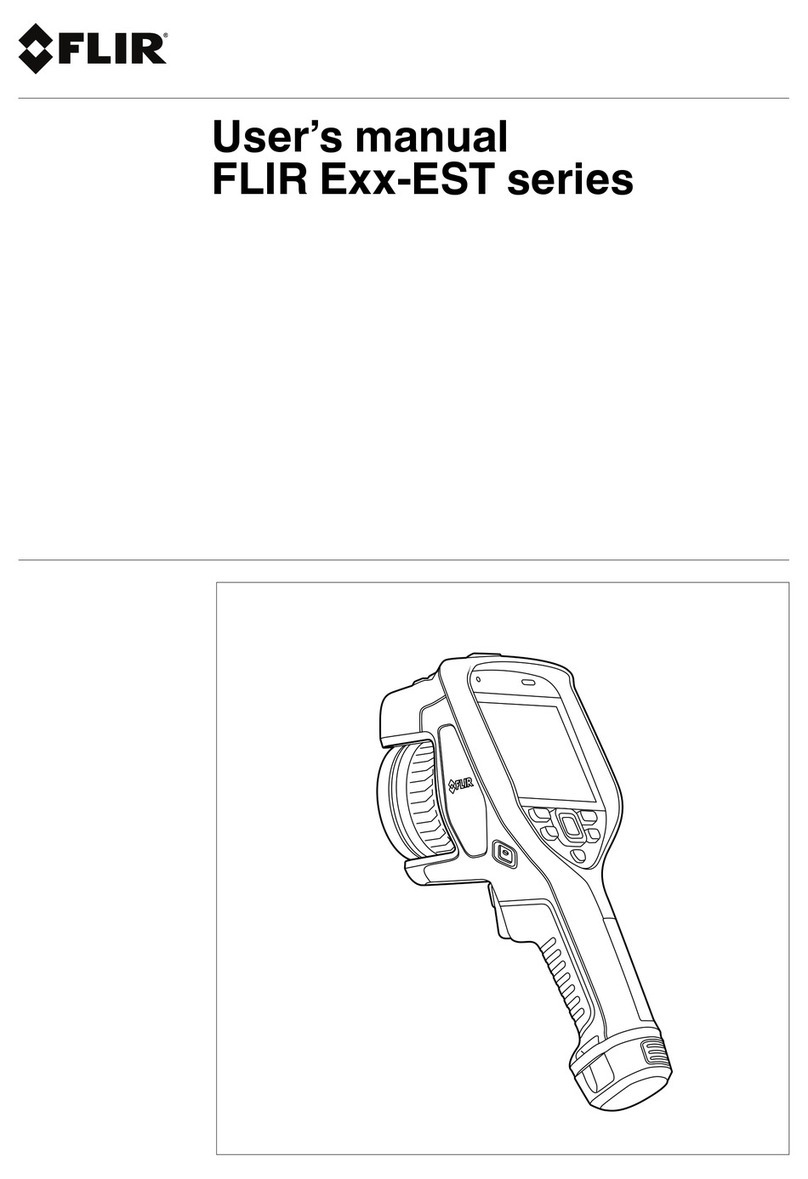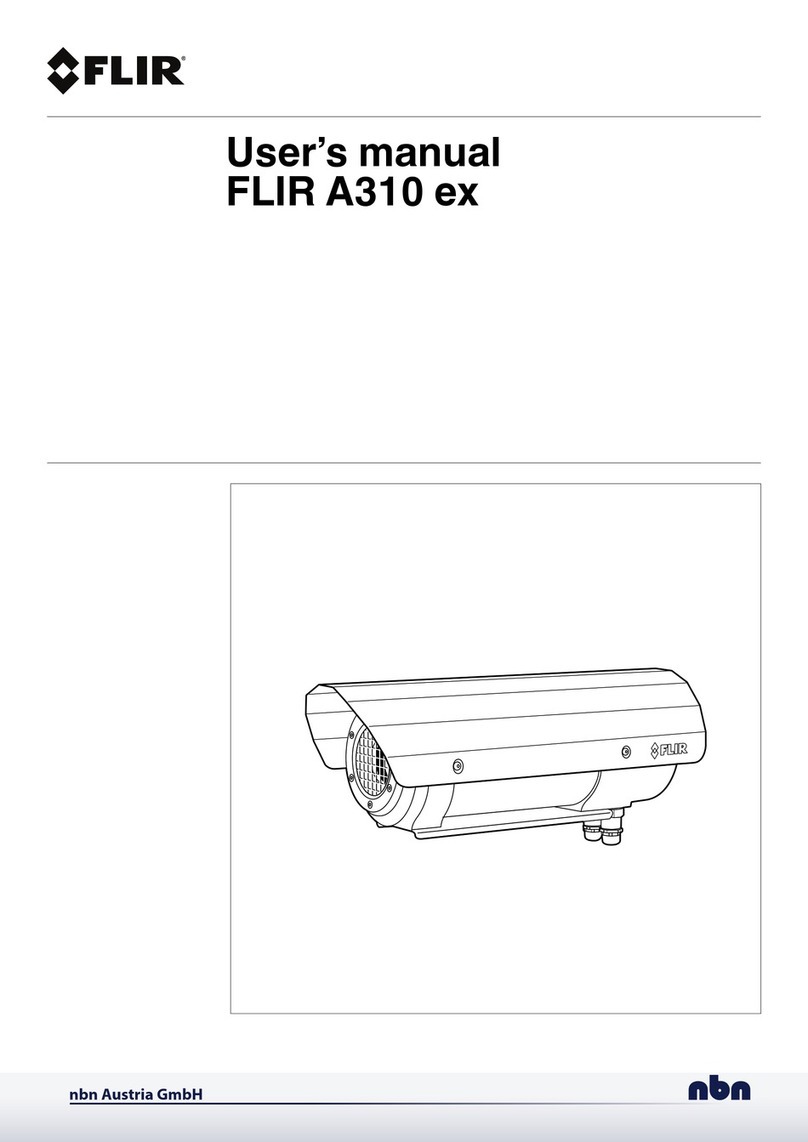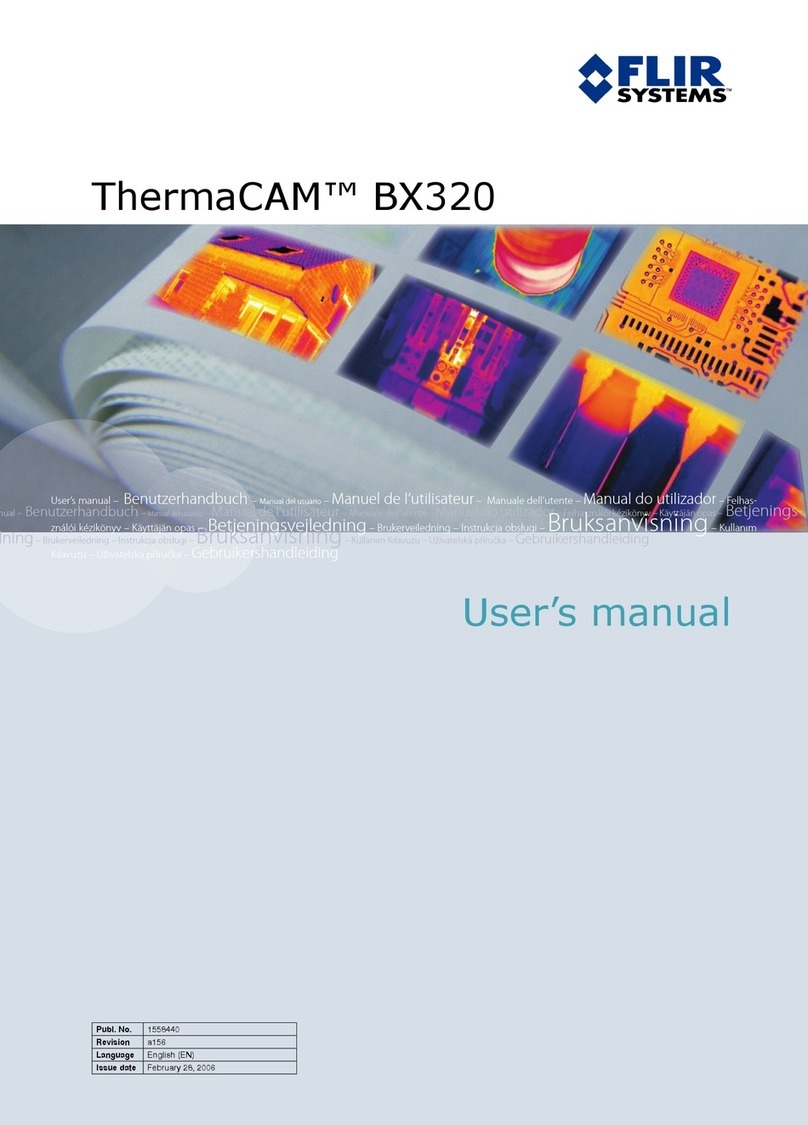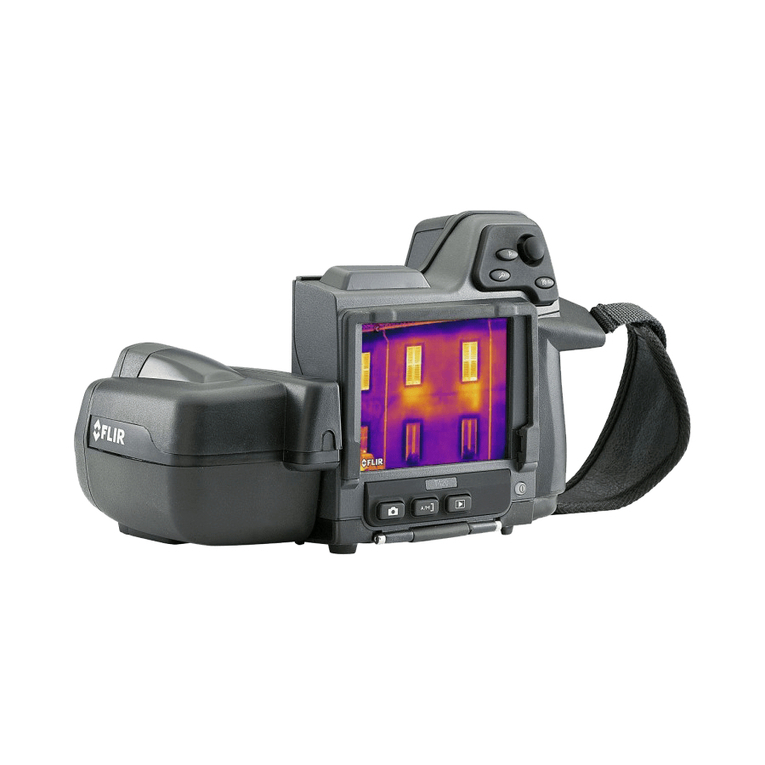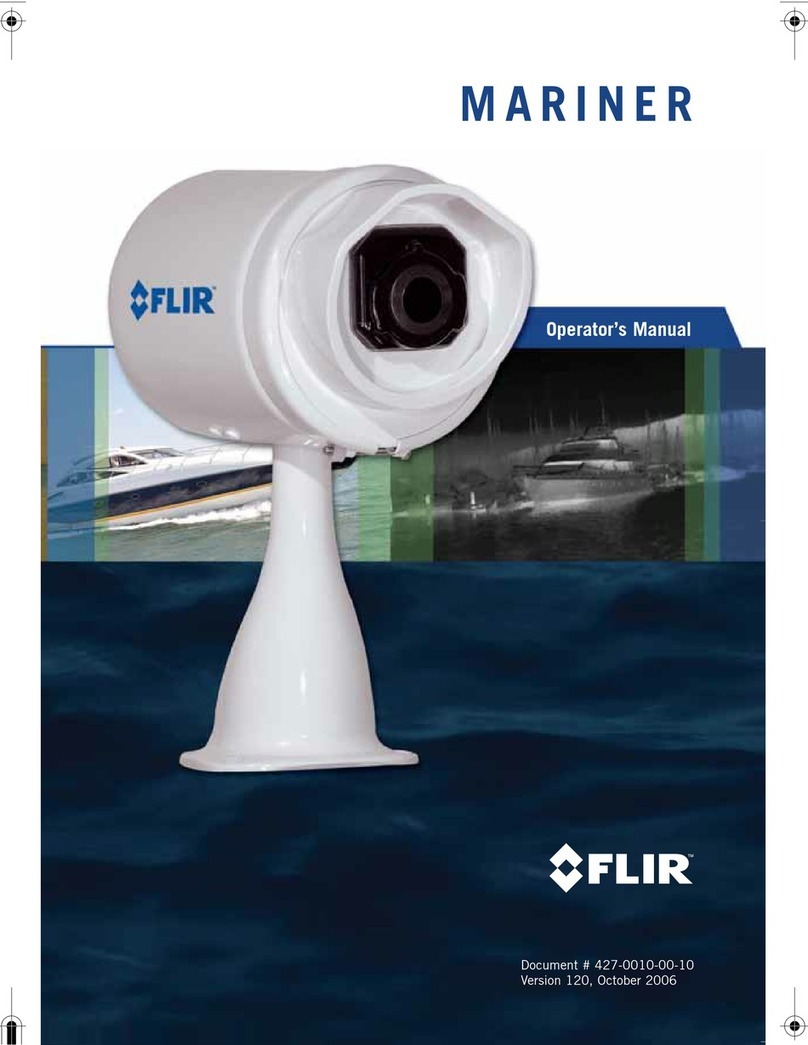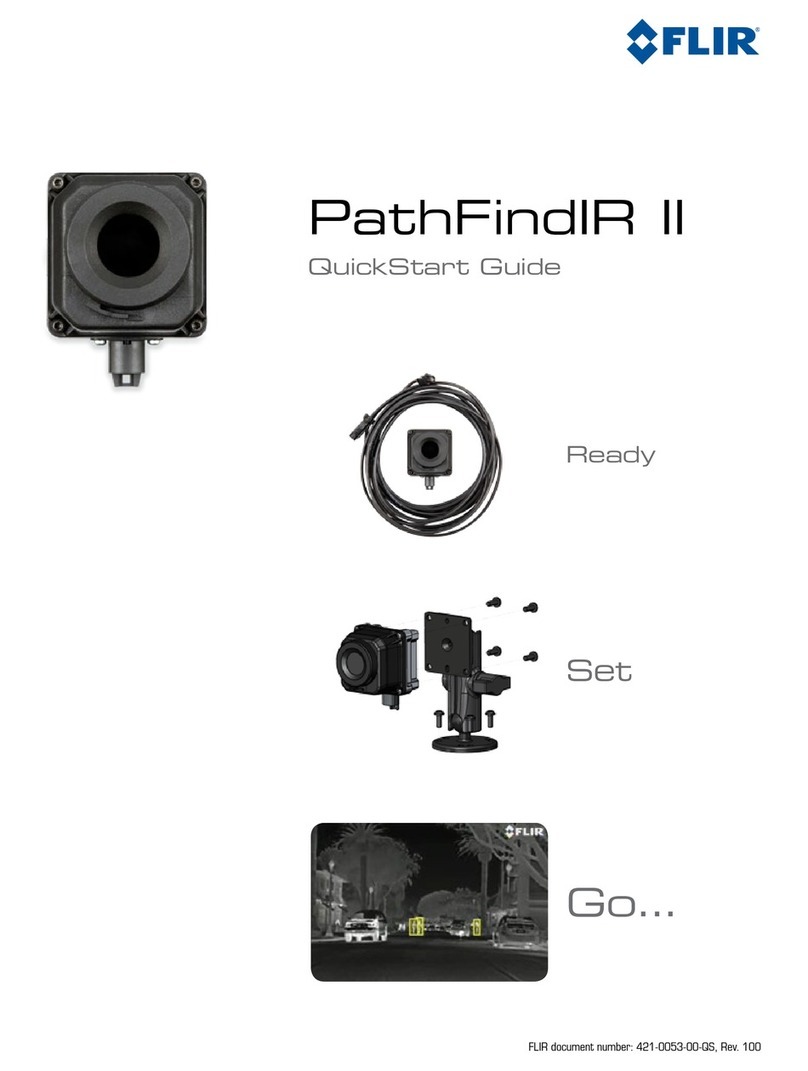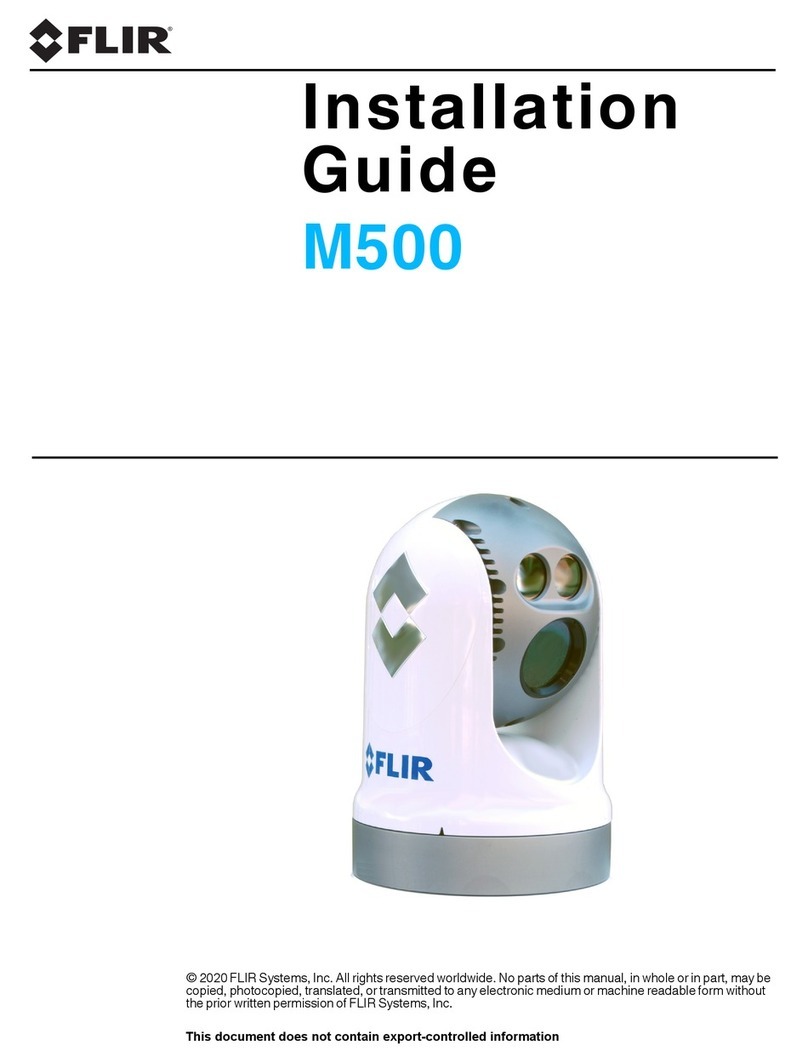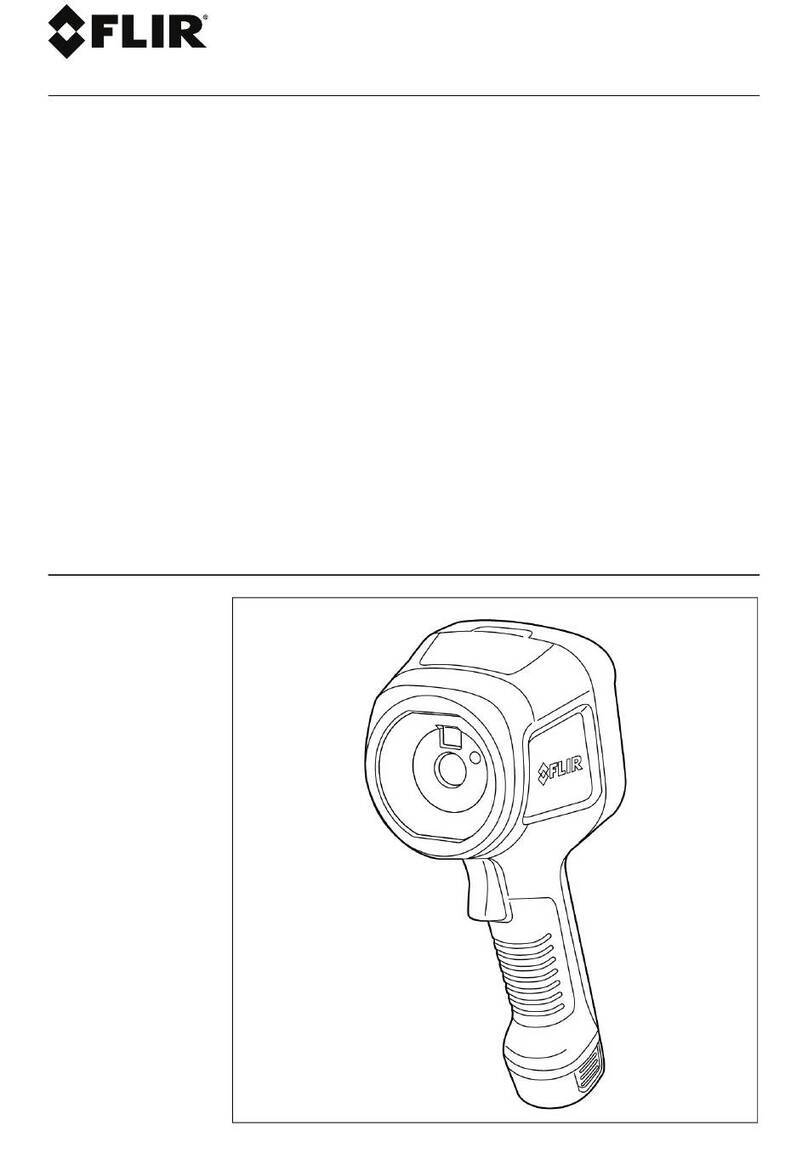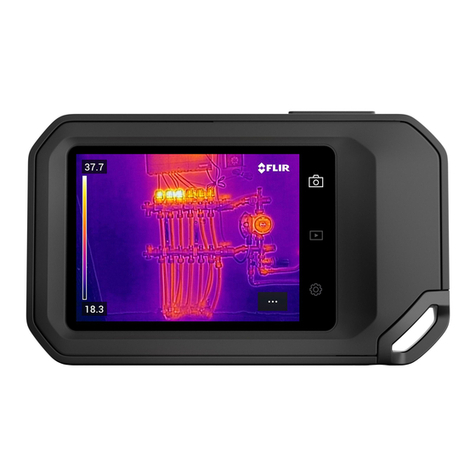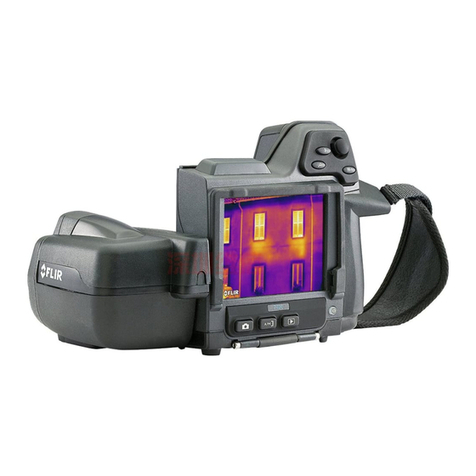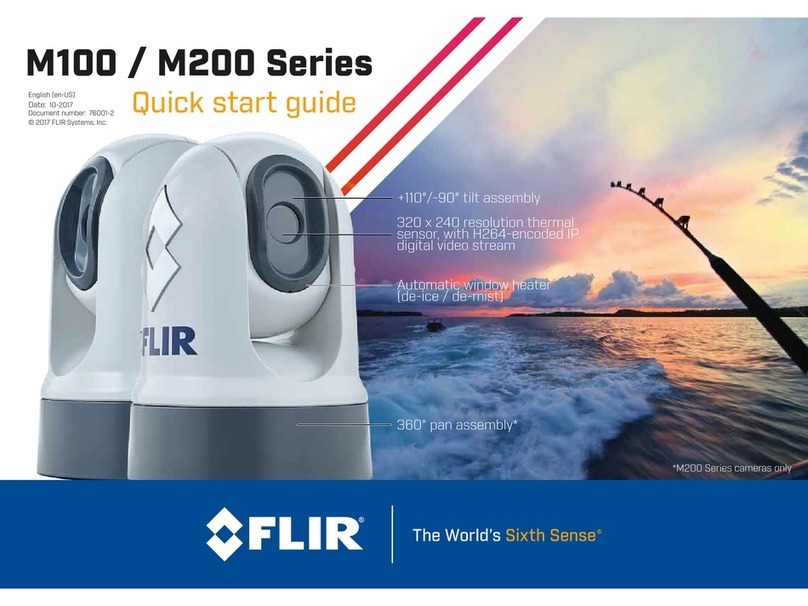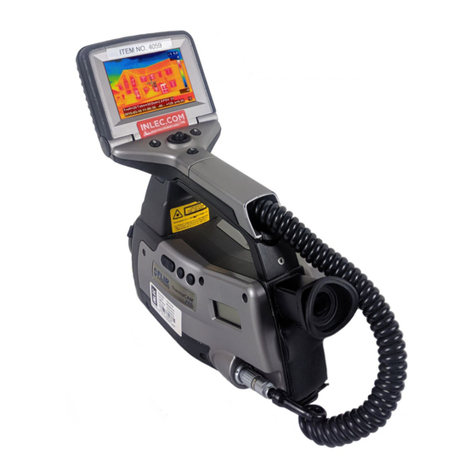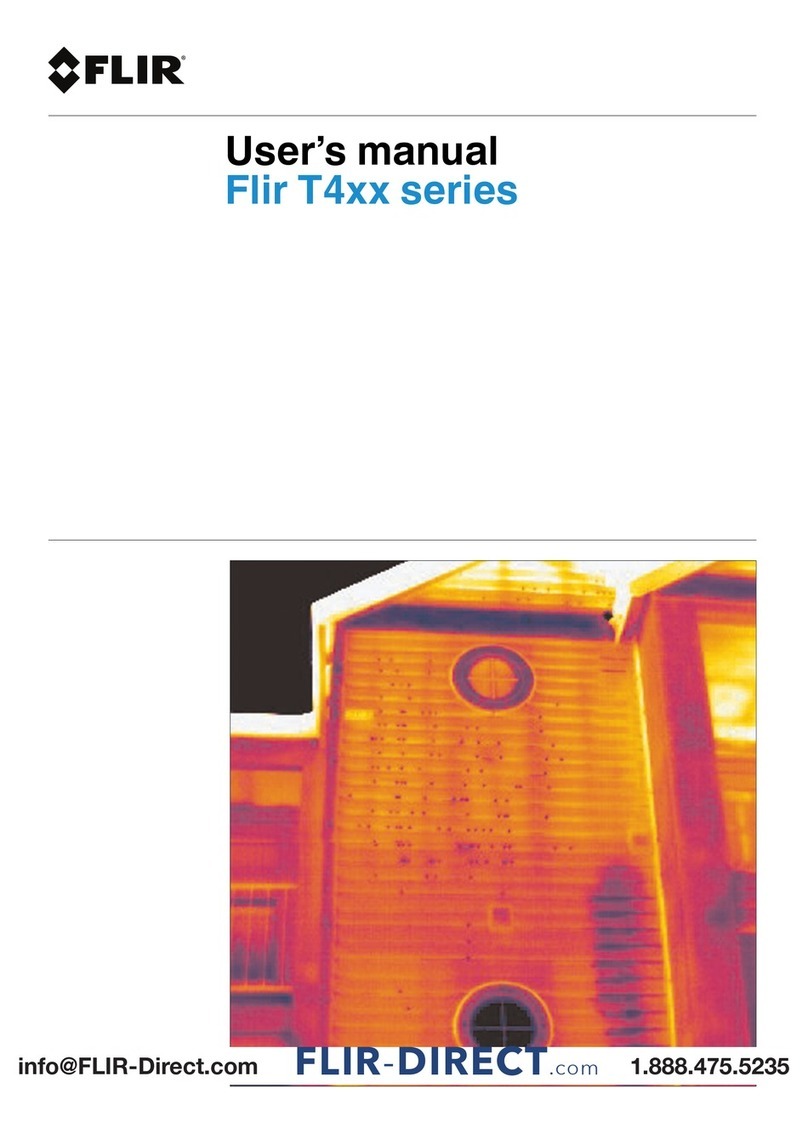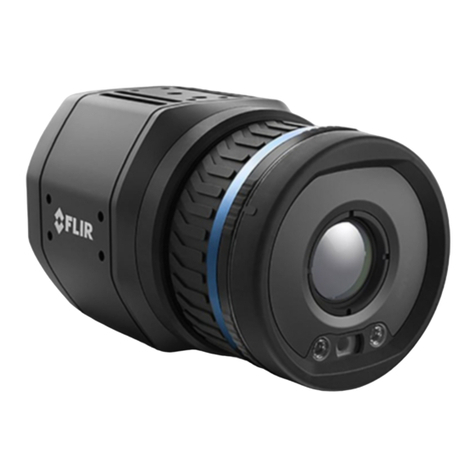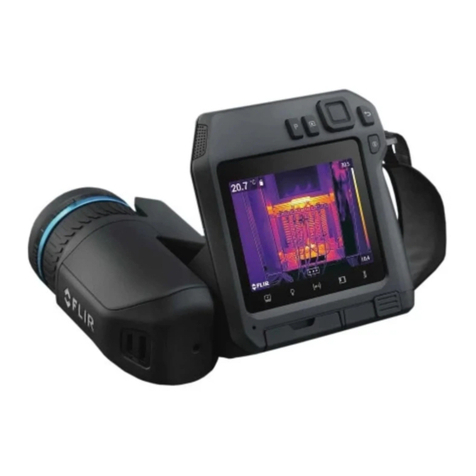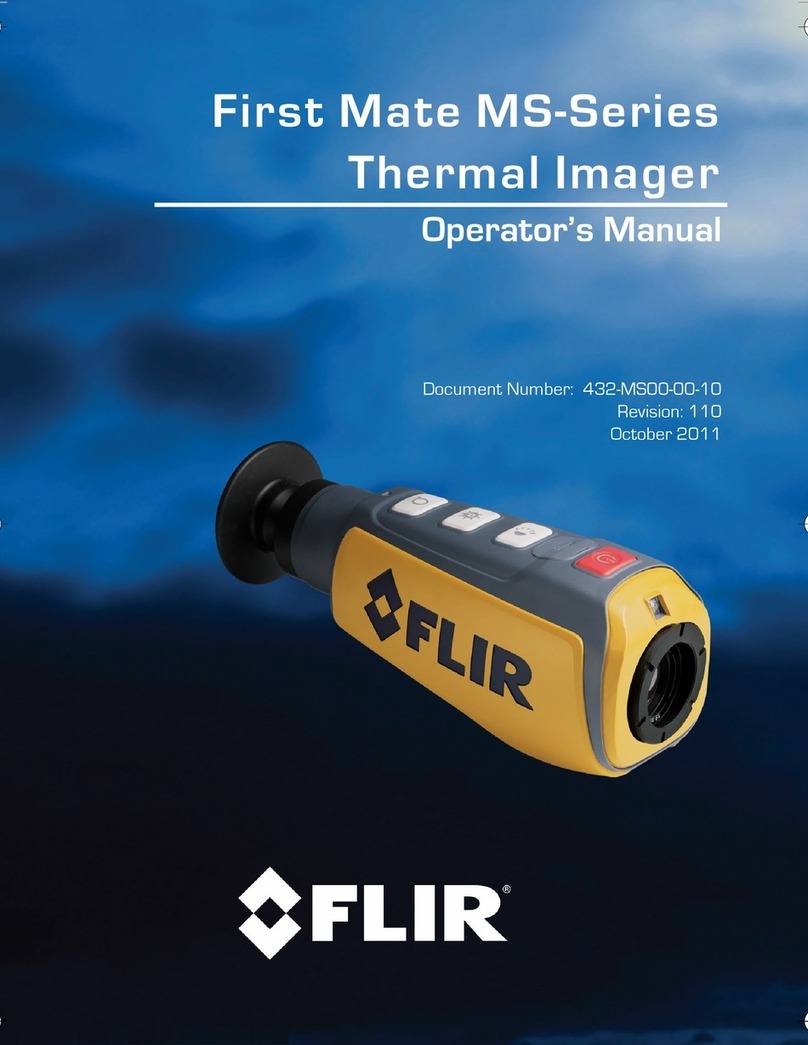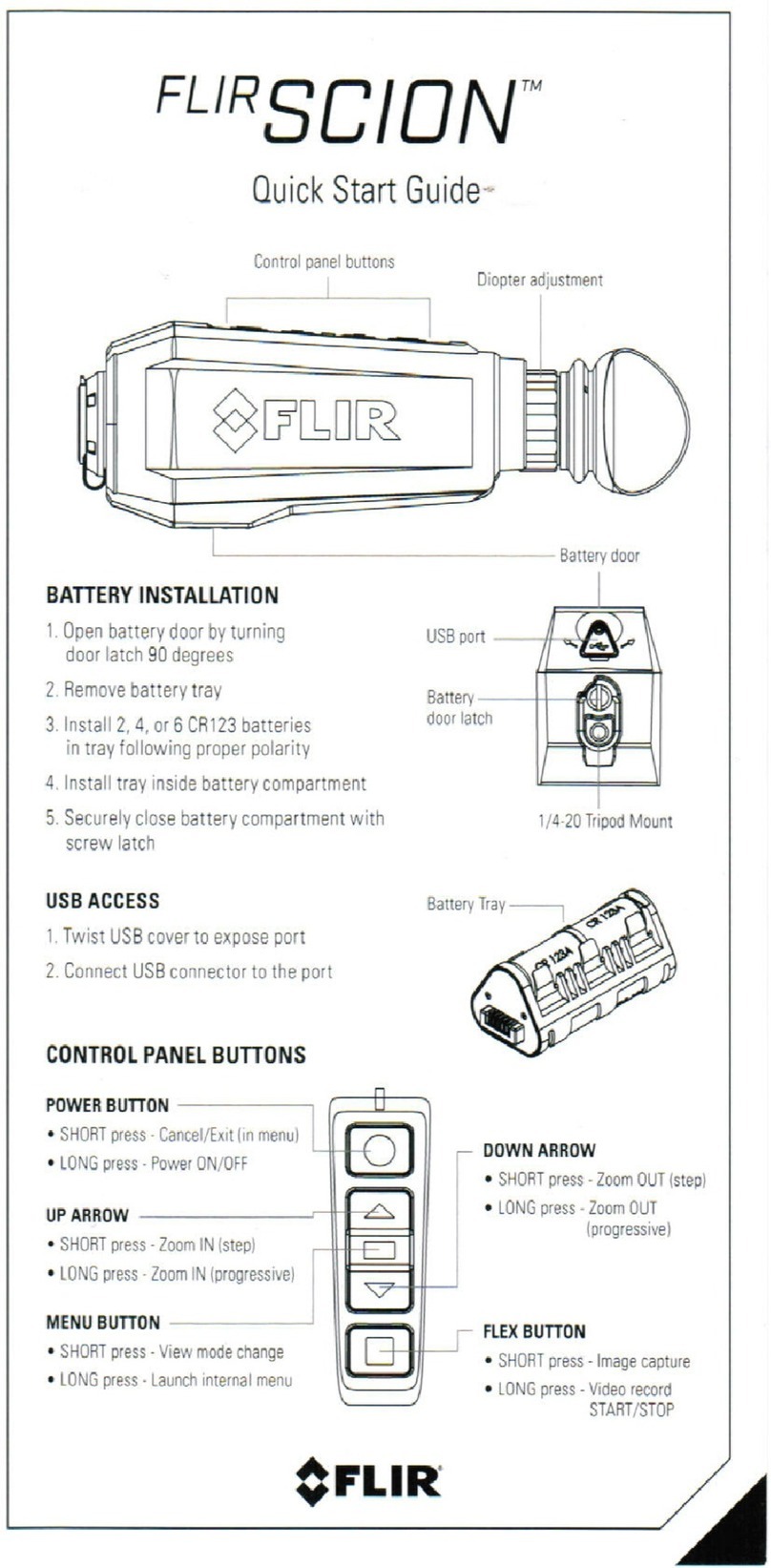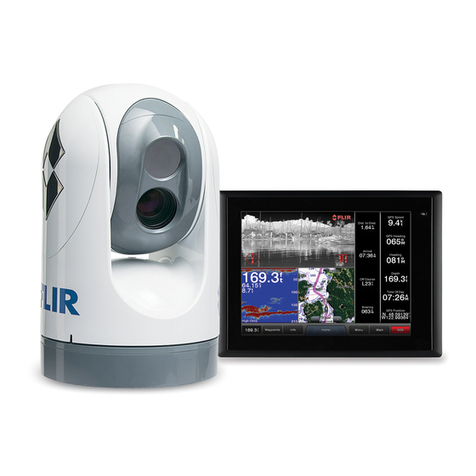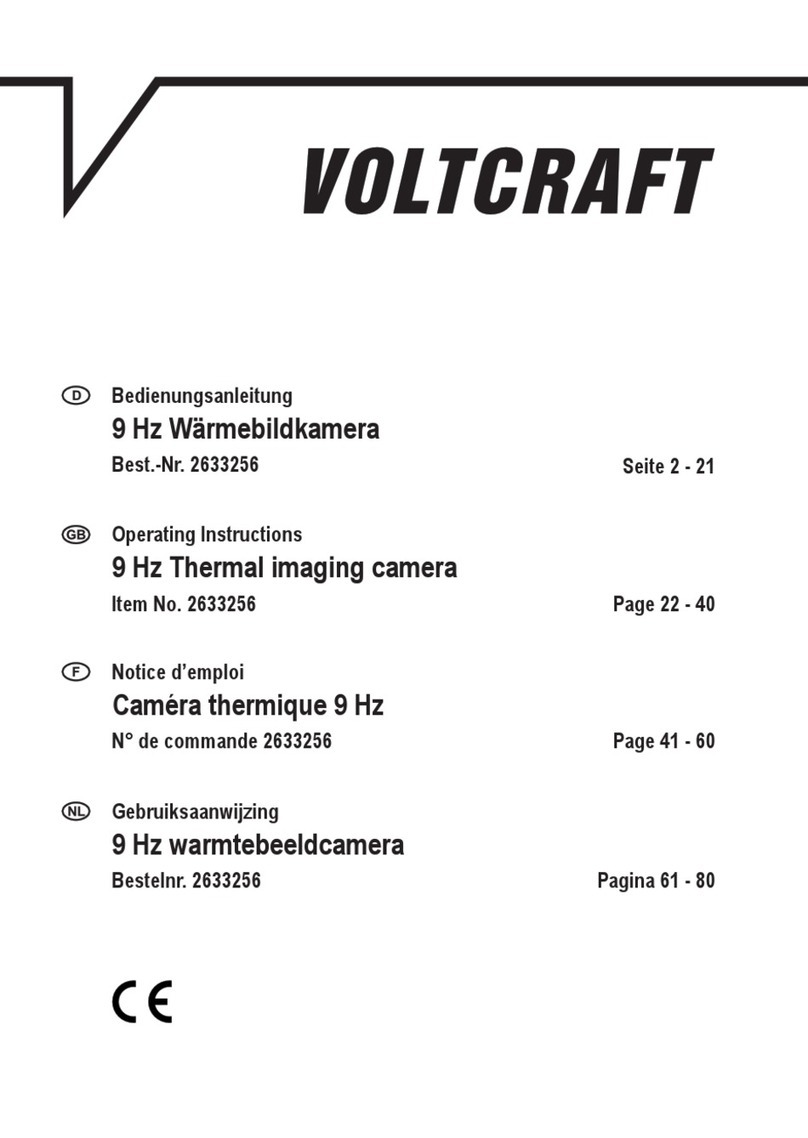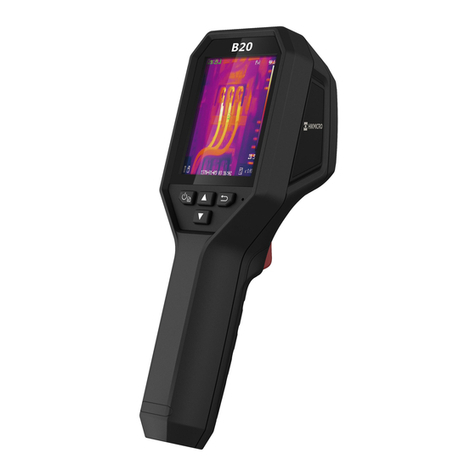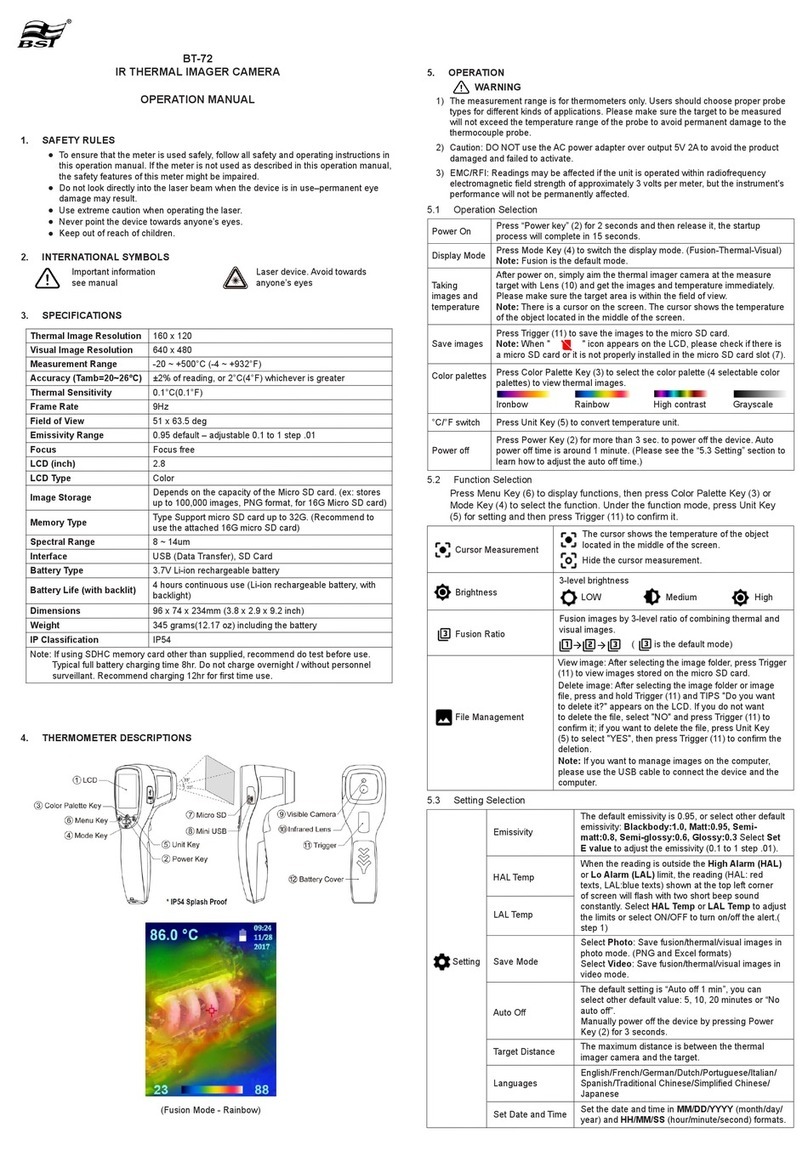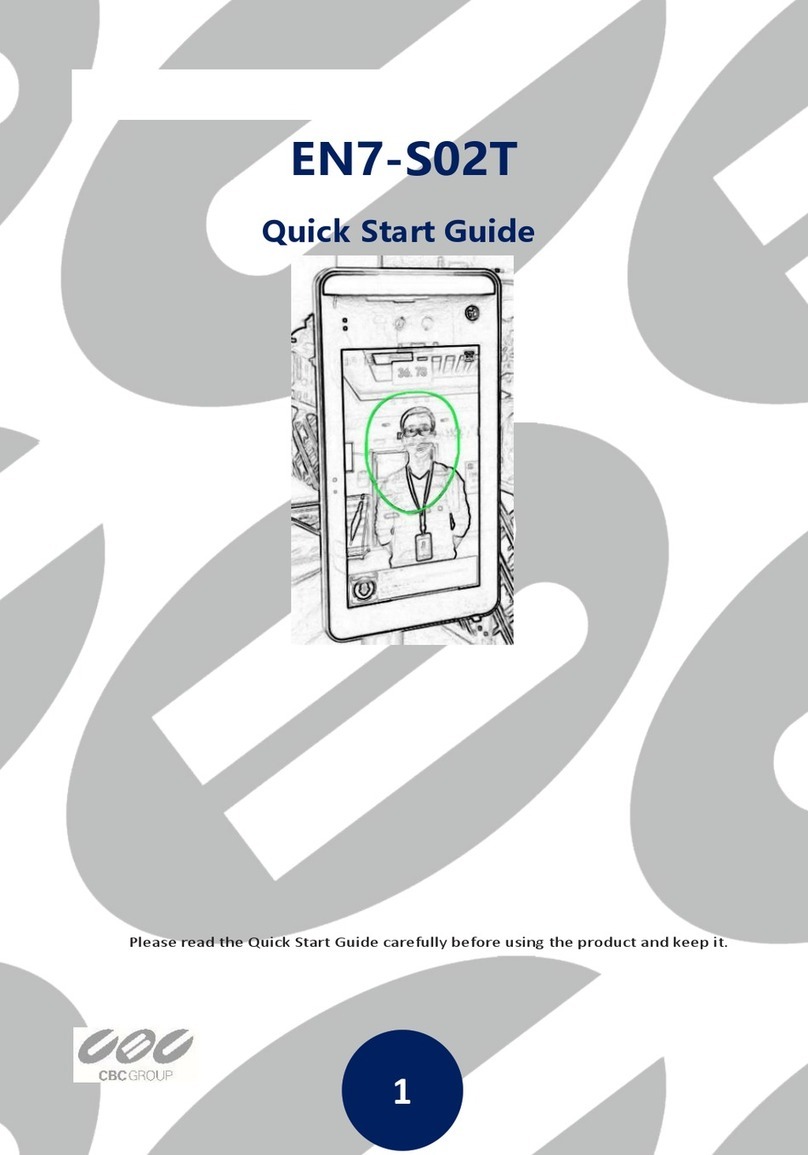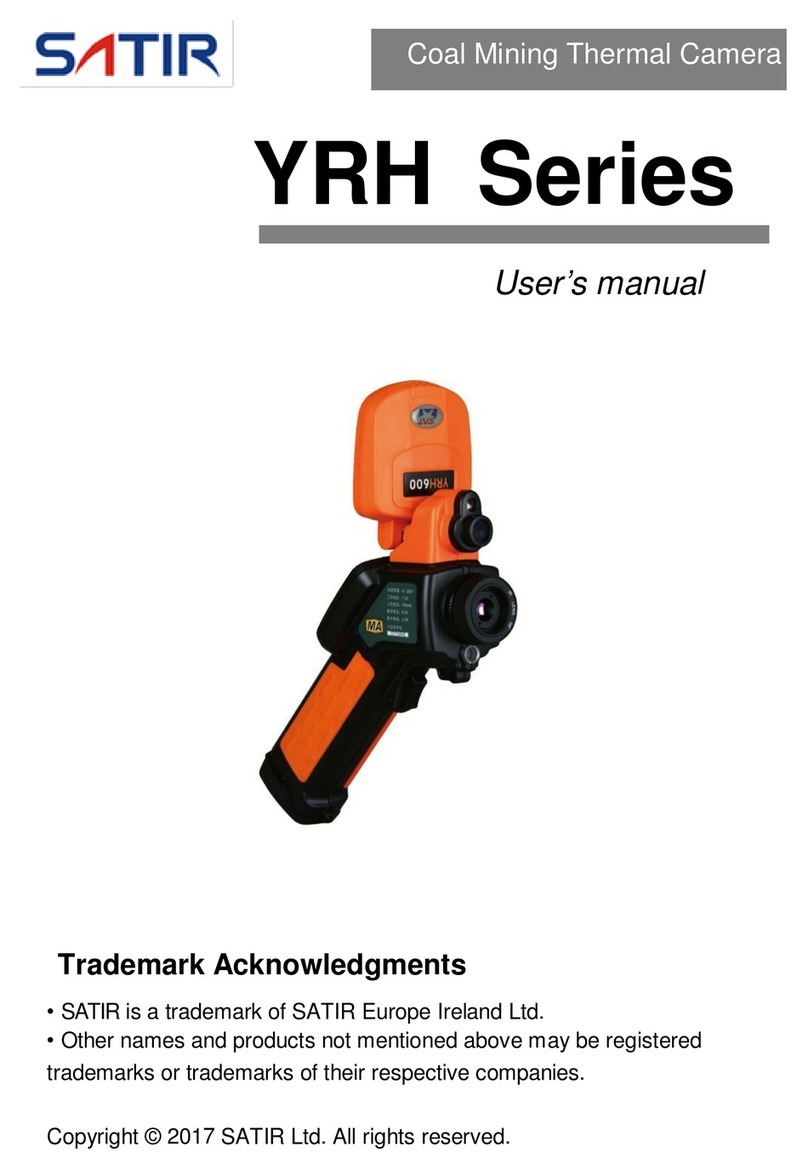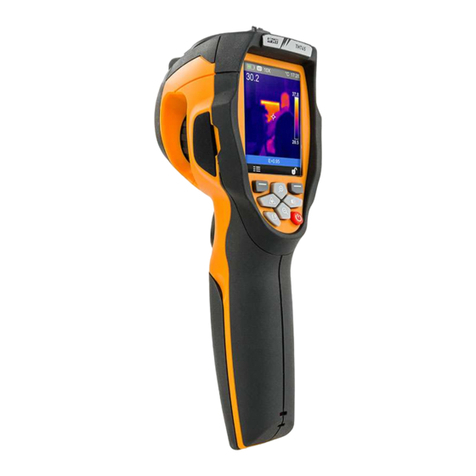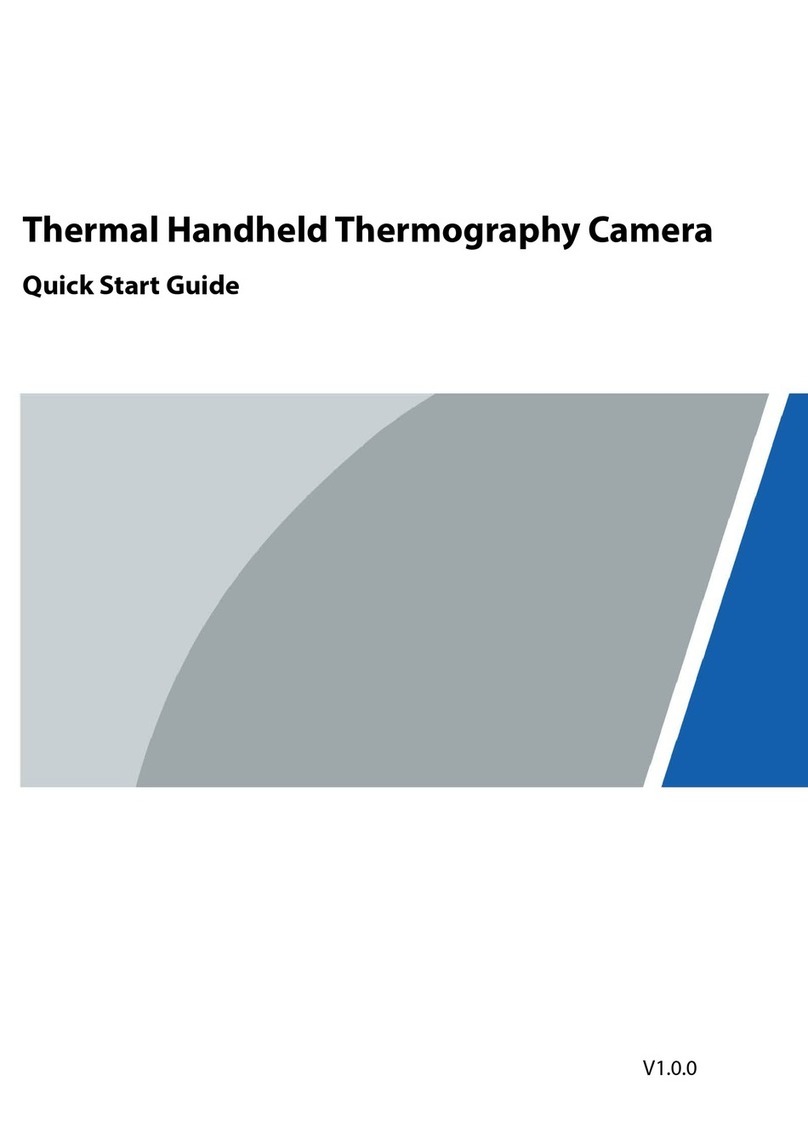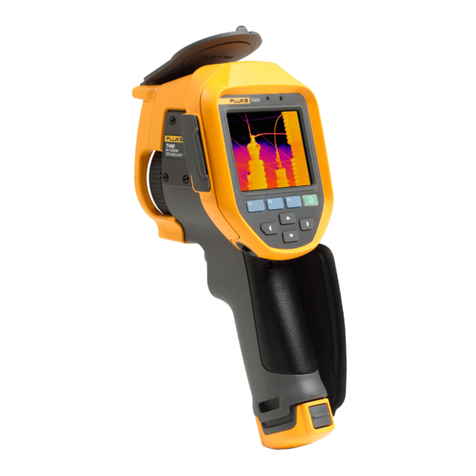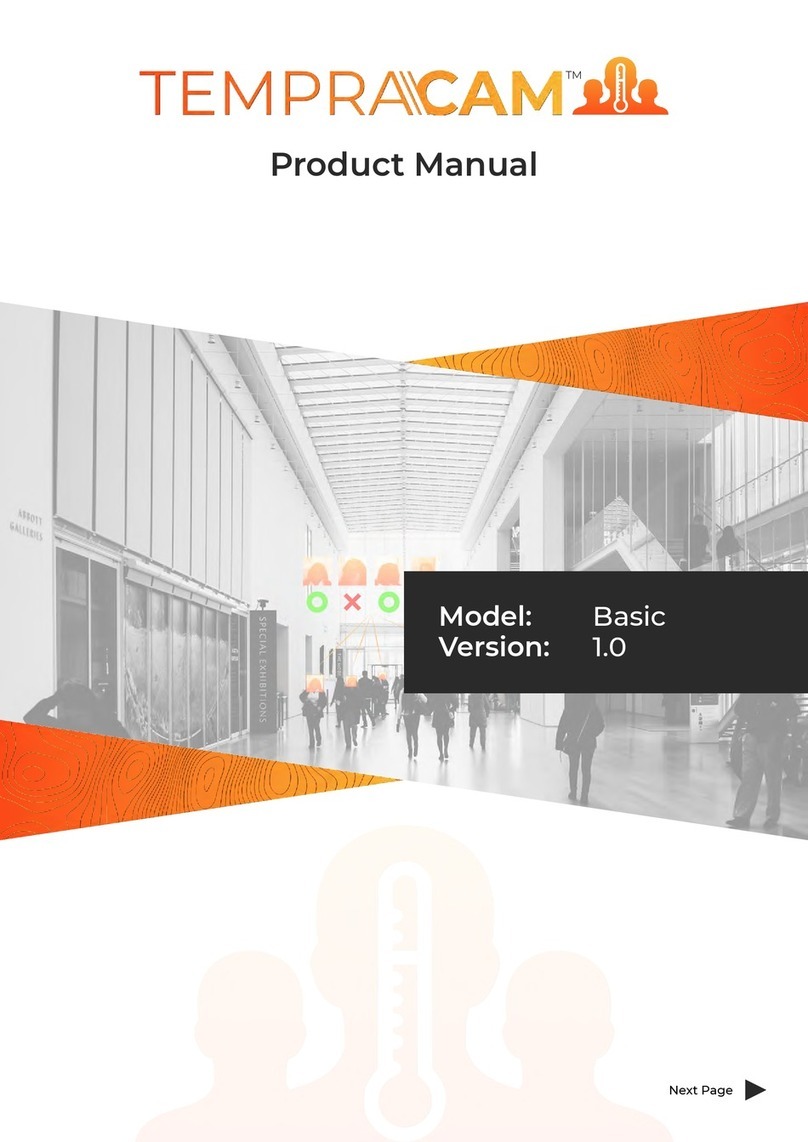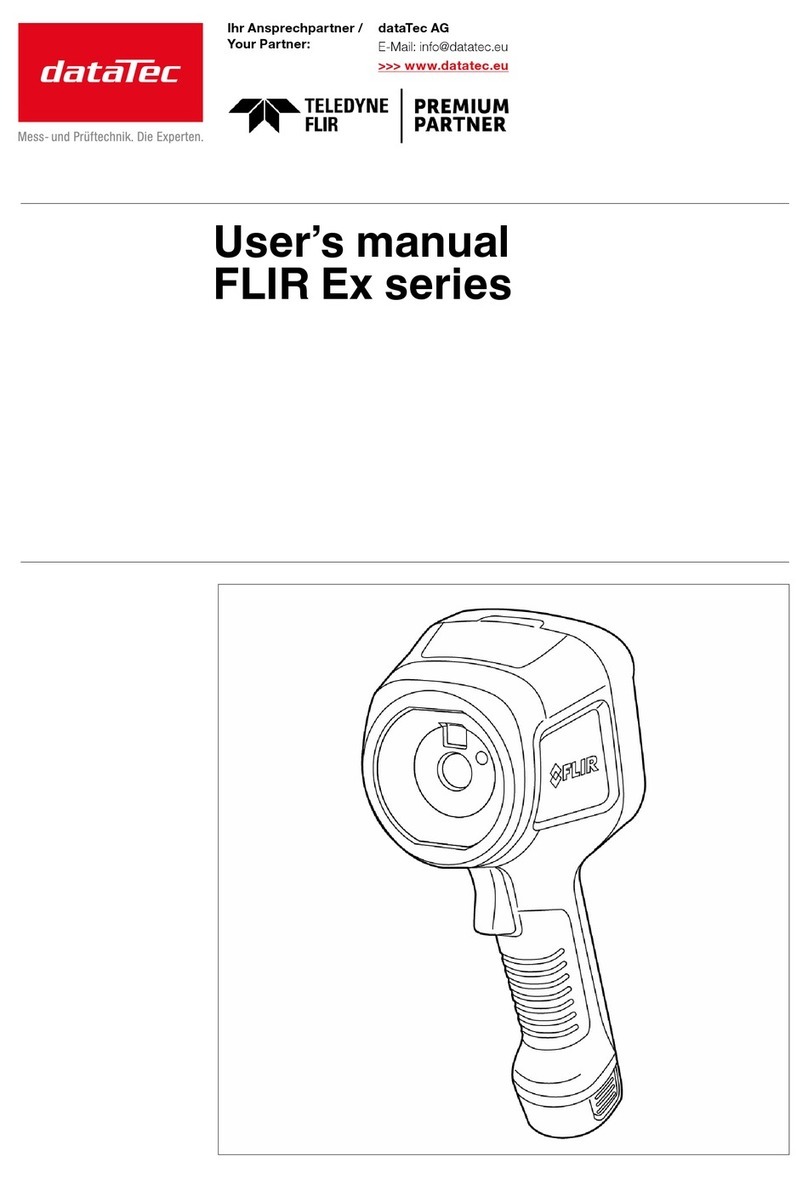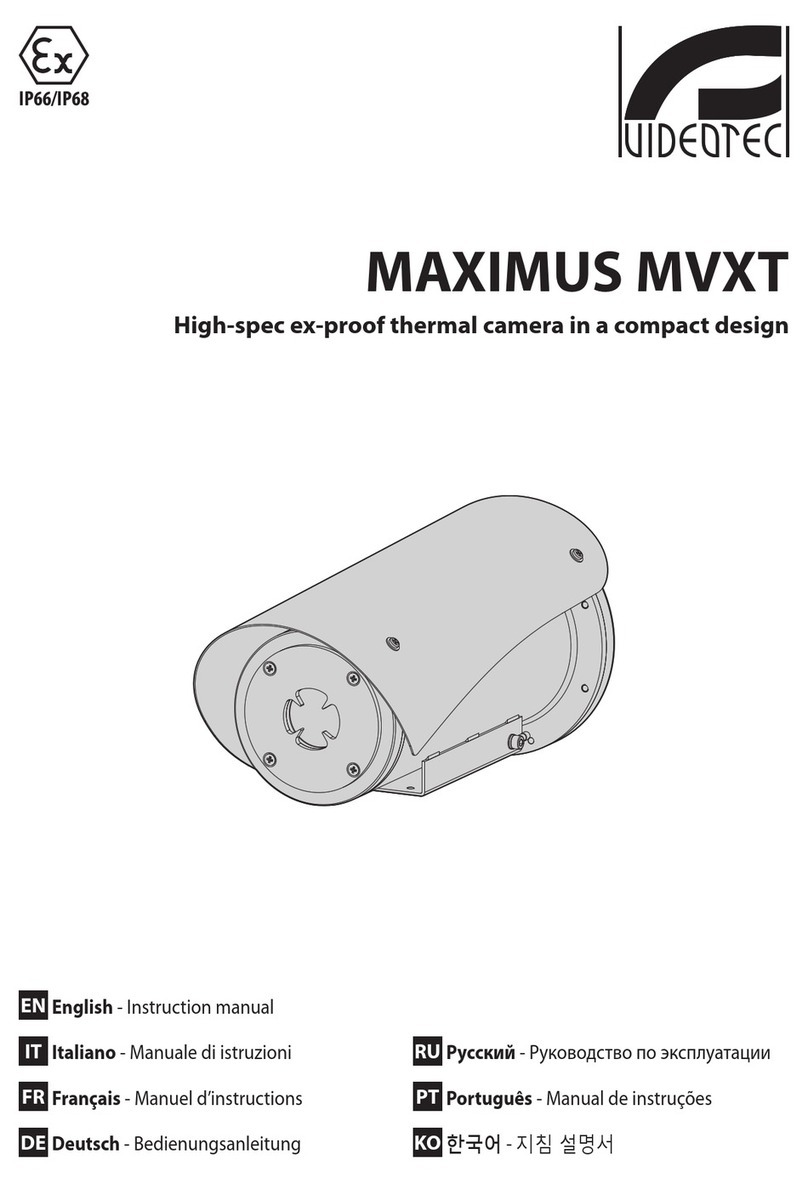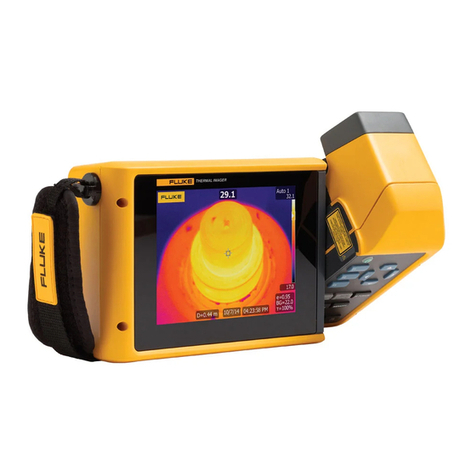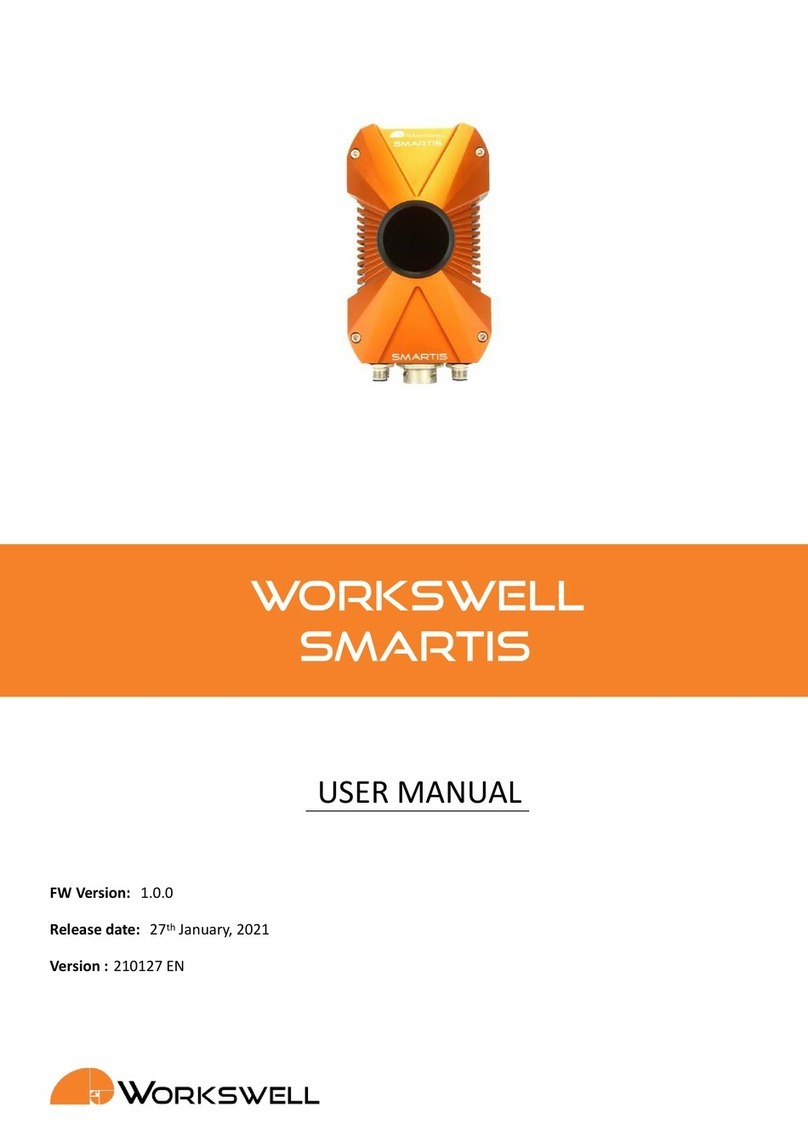
BHS-Series Bi-Ocular Operator’s Manual
© 2012 FLIR Commercial Systems, Inc. All rights reserved worldwide. No parts of this
manual, in whole or in part, may be copied, photocopied, translated, or transmitted to
any electronic medium or machine readable form without the prior written permission
of FLIR Commercial Systems, Inc.
Names and marks appearing on the products herein are either registered trademarks
or trademarks of FLIR Commercial Systems, Inc. and/or its subsidiaries. All other
trademarks, trade names, or company names referenced herein are used for
identification only and are the property of their respective owners.
This product is protected by patents, design patents, patents pending, or design patents
pending.
If you have questions that are not covered in this manual, or need service, contact FLIR
Commercial Vision Systems, Inc. customer support at 805.964.9797 for additional
information prior to returning a camera.
The contents of this document are subject to change. For additional information visit
www.flir.com or write to FLIR Commercial Systems, Inc., 70 Castilian Drive, Goleta CA
93117.
Proper Disposal of Electrical and Electronic Equipment (EEE)
The European Union (EU) has enacted Waste Electrical and
Electronic Equipment Directive 2002/96/EC (WEEE), which aims to
prevent EEE waste from arising; to encourage reuse, recycling, and
recovery of EEE waste; and to promote environmental responsibility.
In accordance with these regulations, all EEE products labeled with
the “crossed out wheeled bin” either on the product itself or in the
product literature must not be disposed of in regular rubbish bins,
mixed with regular household or other commercial waste, or by other regular municipal
waste collection means. Instead, and in order to prevent possible harm to the
environment or human health, all EEE products (including any cables that came with the
product) should be responsibly discarded or recycled.
To identify a responsible disposal method where you live, please contact your local waste
collection or recycling service, your original place of purchase or product supplier, or the
responsible government authority in your area. Business users should contact their
supplier or refer to their purchase contract.
This document is controlled to FLIR Technology Level 1. The information contained in
this document pertains to a defense article controlled for export by the International
Traffic in Arms Regulations (ITAR). FLIR trade secrets contained herein are subject to
disclosure restrictions as a matter of law. Diversion contrary to US law is prohibited. [US
Government authorization for public release has been obtained from the Office of
Security Review, authorization no. 11-S-3545.] Additional US Department of State
authorization is not required prior to export or transfer to foreign persons or parties,
unless otherwise prohibited.
431-BHS0-01-10 BHS-Series Operators Manual.book Page ii Friday, April 6, 2012 1:16 PM
www.GlobalTestSupply.com
Find Quality Products Online at: sales@GlobalTestSupply.com
